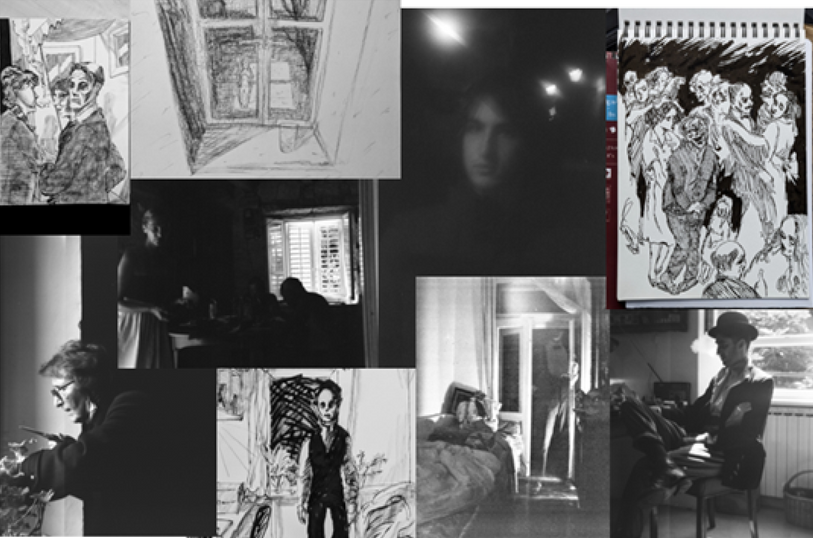Year 2 portfolio
We had a fantastic opportunity to improve our production abilities in our second year. We worked on two different projects: a short film and a music video. In both situations, I discovered that I was drawn to the role of producer and excited to work with a group of brilliant people. To get the greatest results, we promoted a collaborative atmosphere where research and effort were smoothly entwined.
Andrea Iaccarino
Producer
Devil in a bottle
The music video was our first venture. Thorough planning was a defining characteristic of our approach from the first few weeks of the term onwards. By week four, Jorgia had landed a lucky break; in return for the completed music video, “Astrid”, an intriguing band, agreed to contribute their song "Devil in a Bottle" to our project. With the musical foundation laid, the director unveiled their vision: a gritty, dark aesthetic that resonated perfectly with the song's rhythm. Furthermore, they proposed incorporating the Kuleshov effect, a technique that utilizes recurring clips, each one progressively more experimental as additional footage is layered, consequently and subtly transforming the meaning. “Film style refers to the technical and aesthetic choices that make a film unique" (Bordwell & Thompson, 2010).
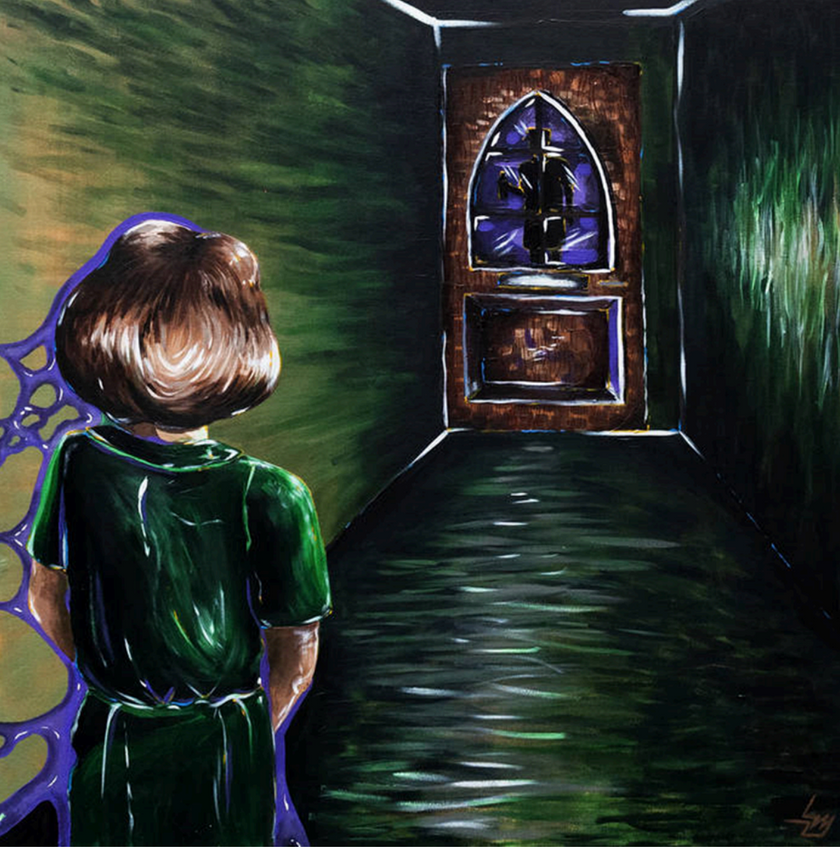
This conceptual depth demanded a clear production roadmap. The Director, Mikula, smartly storyboarded the narrative, ensuring each scene seamlessly transitioned into the next. The Kuleshov effect presented a unique challenge, requiring careful coordination between filming schedules and editing sequences.However, through open communication and a commitment to artistic exploration by everyone involved, lead us to have confidence in achieving the desired impact. The collaborative spirit during this project proved invaluable, laying the groundwork to a successful short film later in the year.
Producing
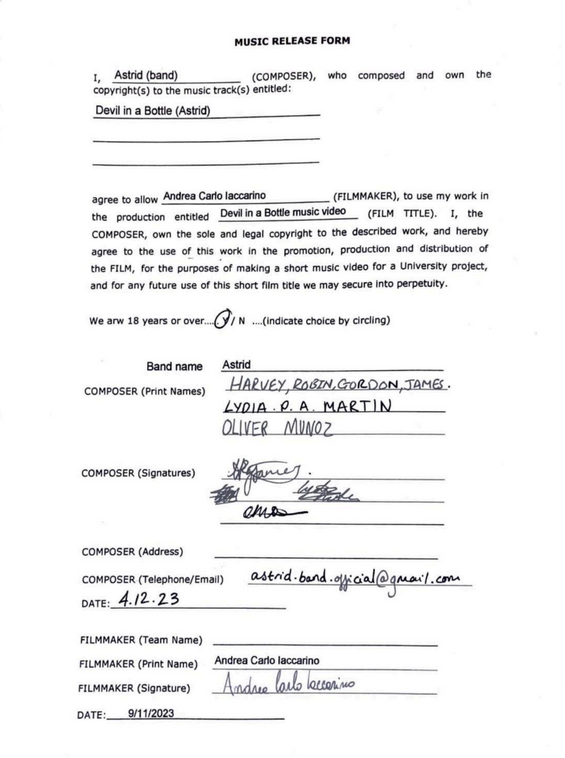
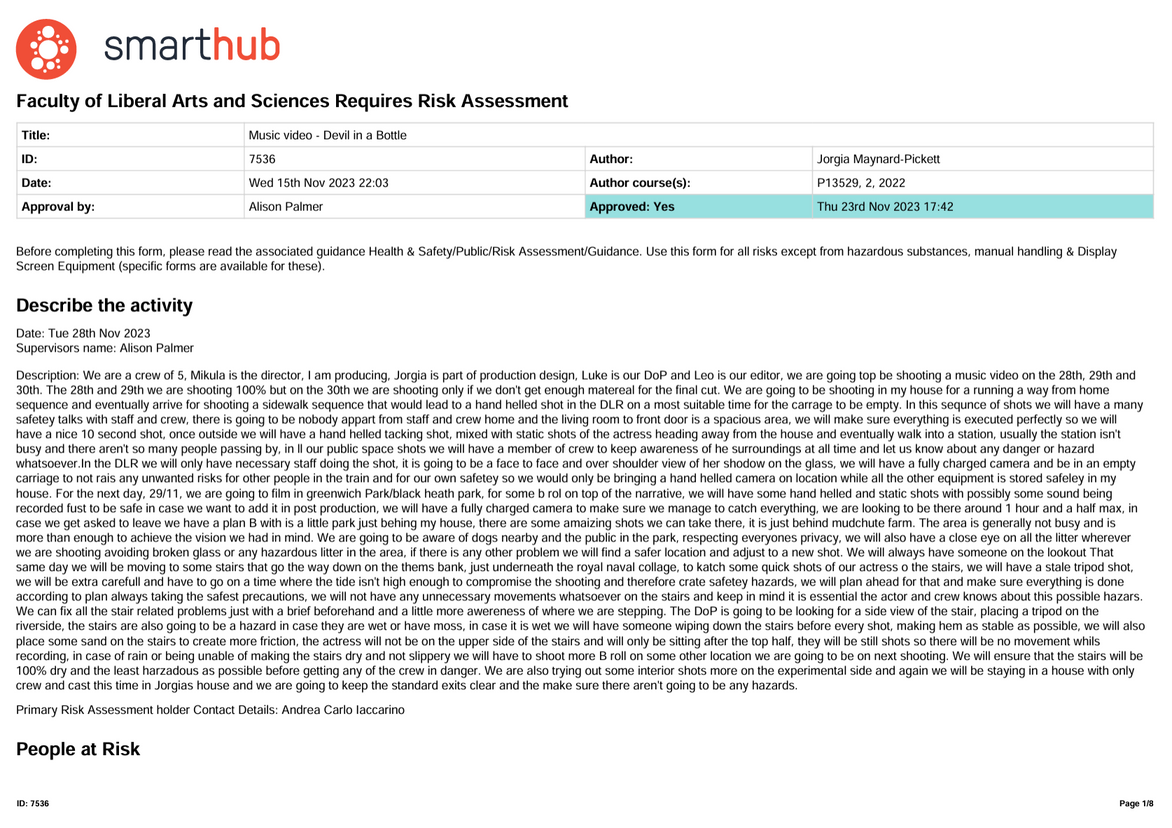
Music release form
Risk assessment - Devil in a Bottle
I accepted my role as producer and took on the duty of making sure the production process ran well. Considering the fact that producers' responsibilities include "securing funding, scheduling shoots, managing budgets, and overseeing all aspects of production," as described by Giannetti and Leach with “The producer's role encompasses a wide range of responsibilities, including securing funding, scheduling shoots, managing budgets, and overseeing all aspects of production. They are the glue that holds a film project together" (Giannetti and Leach, 2005), I made sure to record everything in an individual notebook. This comprehensive schedule included information for the SISO, crew availability, equipment requirements, and filming dates and durations. The objective was to maximise efficiency throughout the project and reduce the time it took for approvals by creating an almost flawless initial submission.
This SISO proved to be more complex than previous efforts, which was expected given the bigger production and several filming sites. Luckily, my attention to detail paid off. During a class session, a professor gave a positive example of my initial risk assessment, which resulted in insightful and detailed comments. This criticism was helpful in improving my work. It pointed out possible safety hazards in addition to suggesting areas for development and fixing little mistakes. The crew wanted to record a scene on the steps that led to the Thames, but the original explanation and safety protocols were insufficient. Together, we found clever and effective ways to reduce the risk by working as a team to generate ideas. This experience greatly increased my knowledge base for the future and ensured the approval of the project.
In addition, I found that encouraging open discussion among team members turned out to be crucial. Everyone was kept up to date on progress, approaching schedules and any possible challenges through the incorporation of regular production meetings. This cooperative setting promoted original problem-solving and made sure that all participants had an interest in the project's outcome. Transparency promoted our ability to act with responsibility and show trust which made the group more effective and cohesive. . “Plotting and planning: Storytelling and reviewing techniques’, outlines the phases of screen production and introduces the skills needed to adapt a short text for the screen, working through the process of writing a treatment, a script and a storyboard” (Stadler and Mcwilliam, 2009)
I moved quickly from finishing up the risk assessment to getting in touch with the band. When Jorgia told me that “Astrid” was interested in our proposal, I emailed the band right away and started researching how to create a music release form specifically for our video production after seeing how important it was to obtain the necessary legal clearances. Using reliable resources such as "The Complete Guide to Actor Release" (Studio Binder, 2020), I manually modified an appropriate template in Adobe Acrobat to make sure it fit the specifications for our project. After some lengthy email exchanges and waiting, our efforts paid off as we were able to secure the signed release form, which was a crucial step in helping us to move on with production.
Production stage
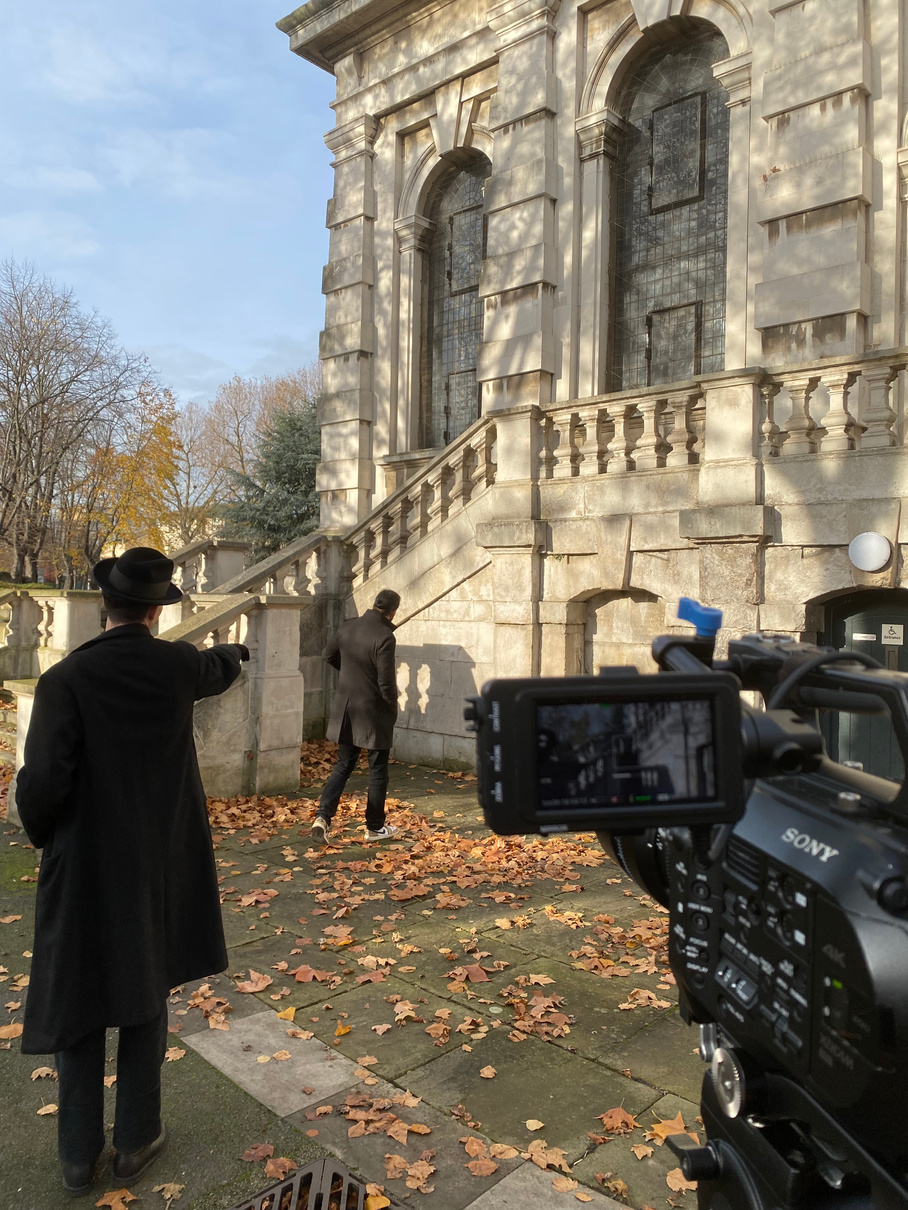
After resolving all preproduction details, we procured the required equipment and started our initial shot in and around Greenwich. I made sure everything was set up according to safety procedures, removing any possible risks and ensuring a safe atmosphere for filming. After a fruitful first shoot, our second session took place over at Mikulas' place and in Greenwich. Nevertheless, we changed our minds about the Thames Bank stairs scenario and went for a more workable location: a charming church staircase in Deptford. This flexibility blended in perfectly with the overall idea of the project.
At the end of the project, we ended up having some problems with the edit, so we had to rush the editing, leaving it to the last few days as we had wasted a lot of time thanks to communication errors and misunderstandings which created some conflict within the group, making the final edit of the music video to be not as strong as the rest of the project. Therefore, the final edit didn’t really meet up to the standards of our final expectations.
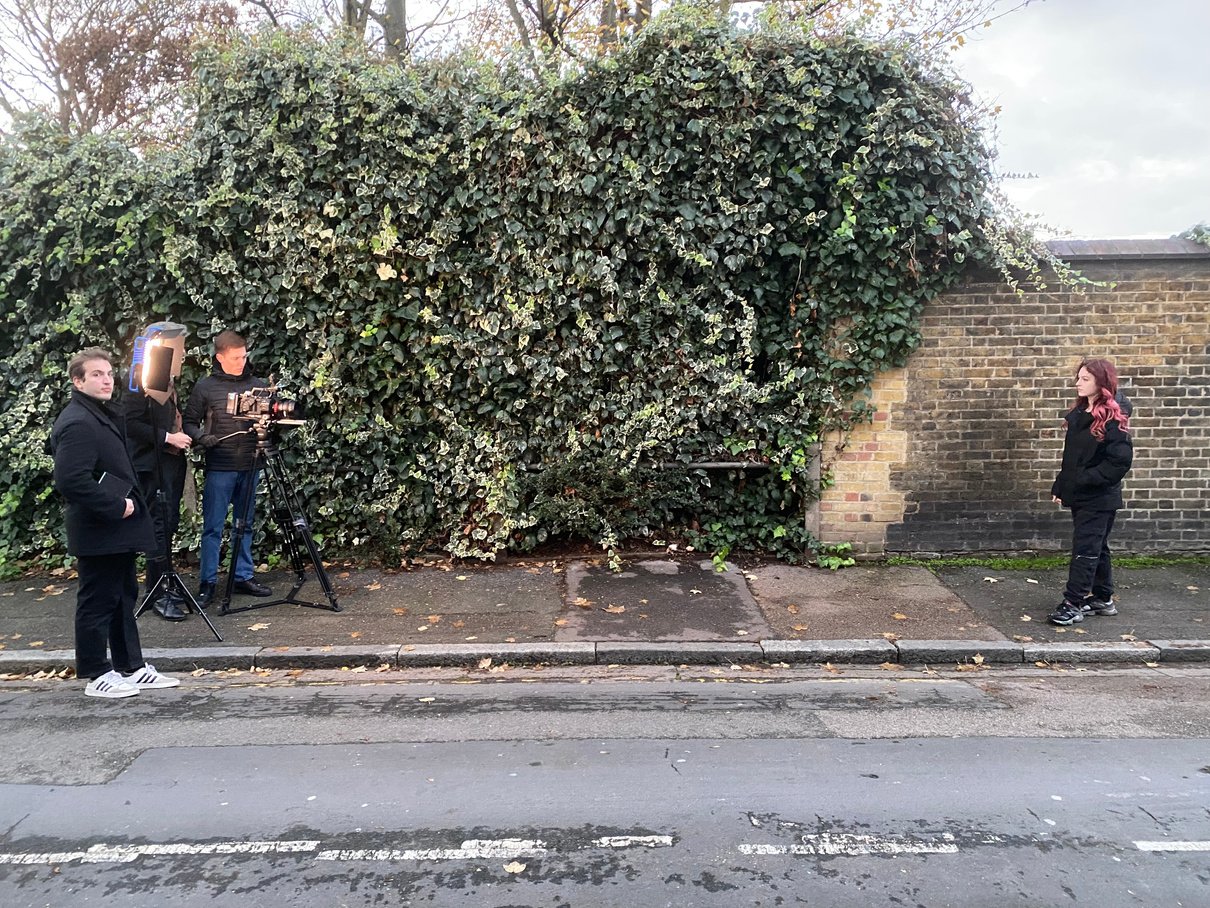
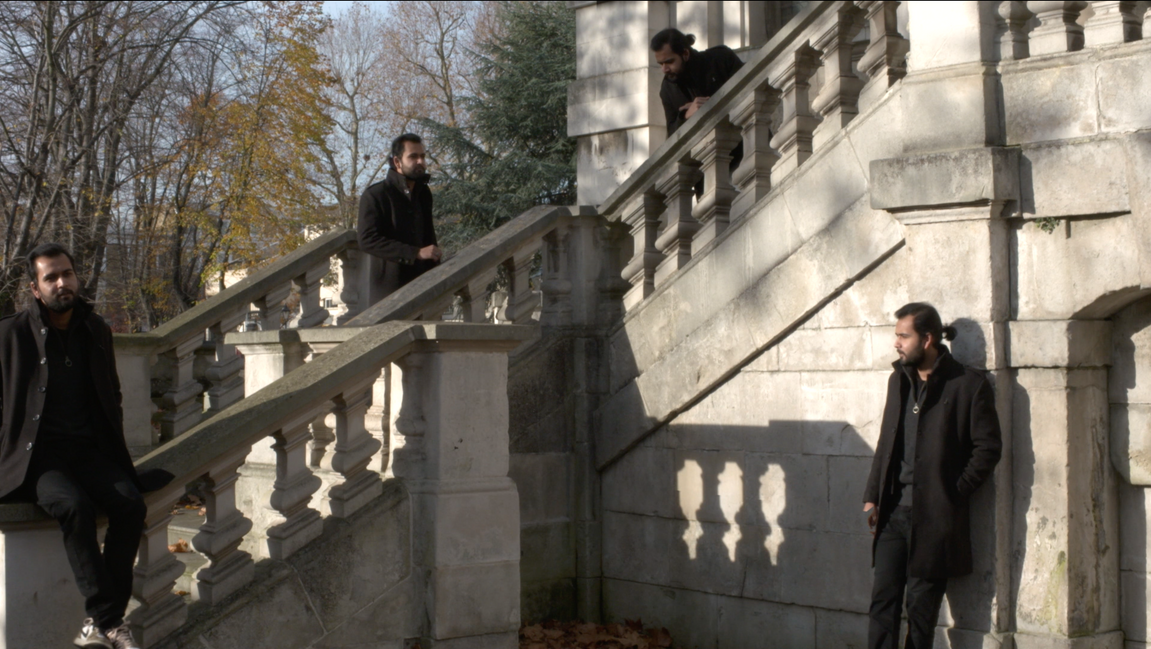
Our filming came to an end the next day when we returned all the equipment. Even though there were some difficulties along the way, such as scheduling disputes and low attendance, the project demonstrated the priceless value of teamwork and excellent communication. As Thompson and Bordwell assert "Collaboration is a crucial element in successful film production. Effective teamwork allows for the distribution of creative tasks and fosters a shared vision amongst filmmakers", (Thompson and Bordwell, 2010). By the end of the project, I had ensured all actors' release forms were secured, concluding my involvement with a satisfactory outcome and enriched experience in the realm of filmmaking.
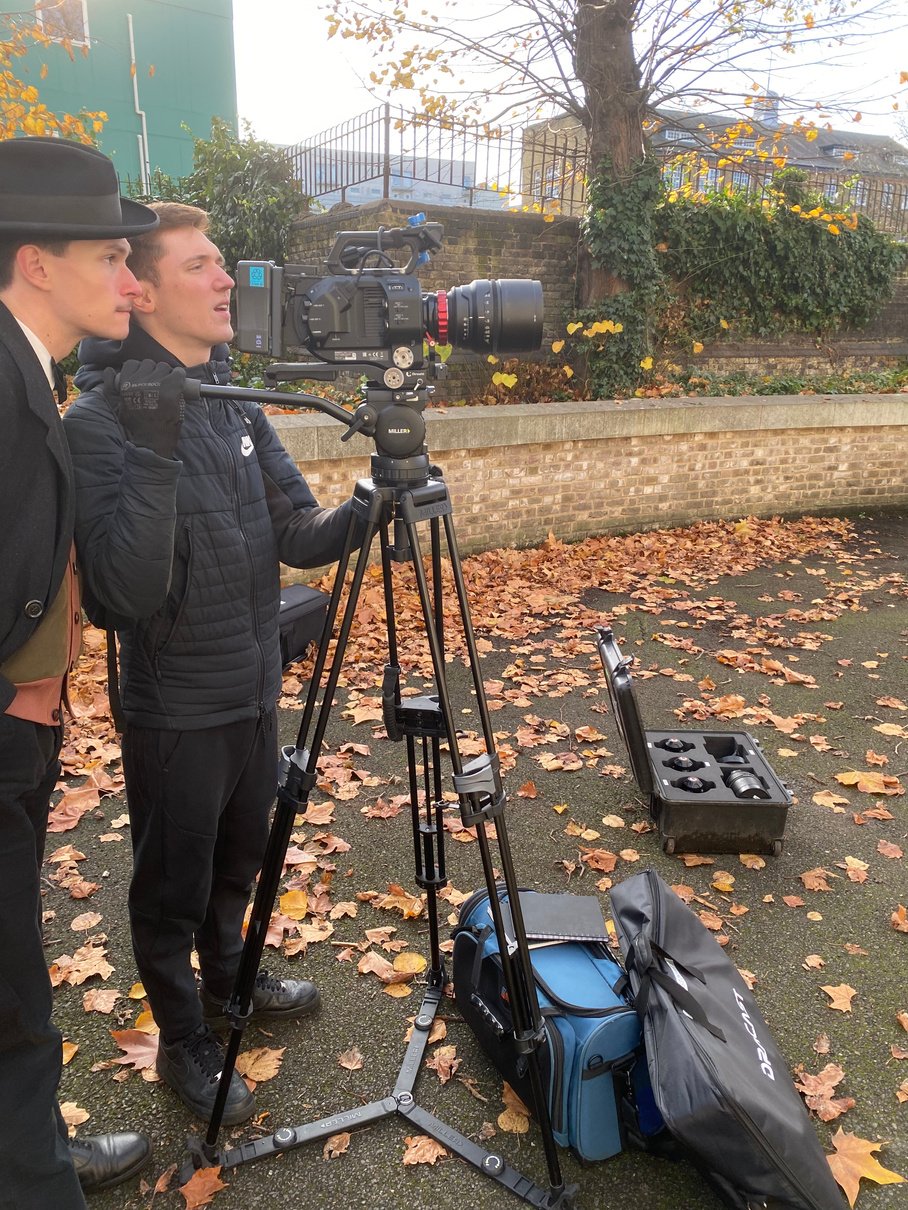
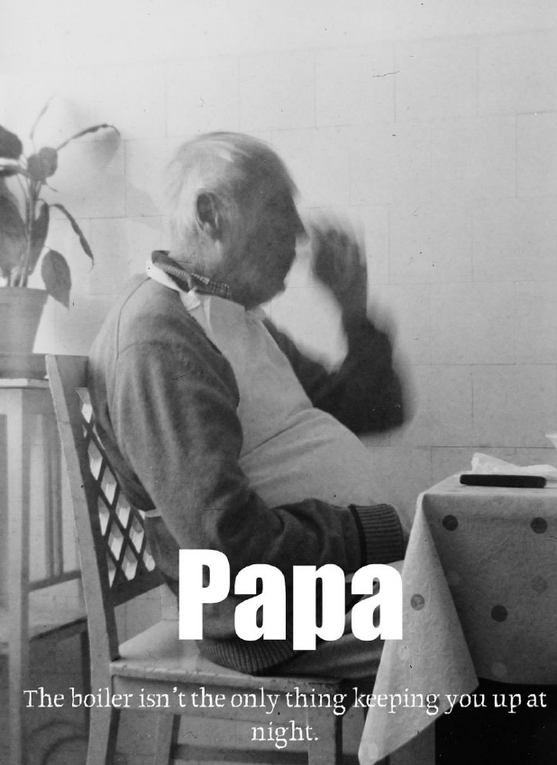
Papa
For my next project we had the choice again to choose our team, I decided to stick with the previous team, and, as we hadn’t had the best experience with the editor we tried to find someone else willing to take on the edit, therefore we had two new additions. This time around we were prepared to make a project that would stand out from the others, luckily for us, the director was already working on a script and after some feedback from the lecturers and some refining, we decided it was a good idea to adapt it to the screen.
Producing
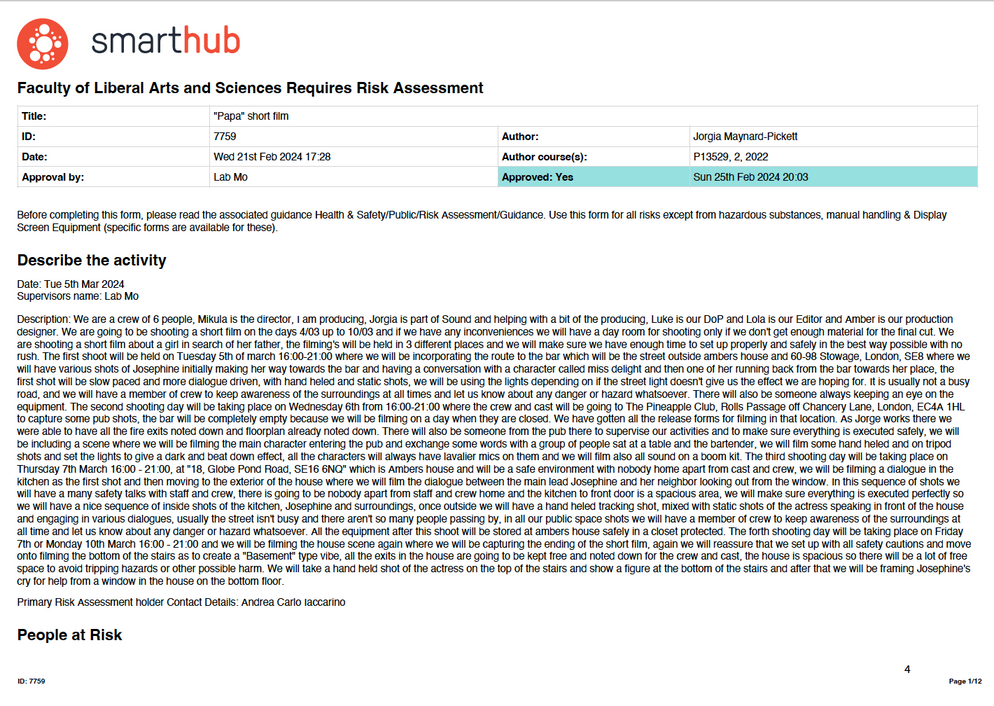
Risk assessment - Papa
I found myself taking on the role of producer once more, but this time with a significantly earlier start. We quickly created a detailed plan sheet, carefully detailing each task and the team member allocated to that particular task, avoiding previous informalities. It was critical to preserve responsibility and transparency. To do this, a shared file including links to each team member's contribution was created.
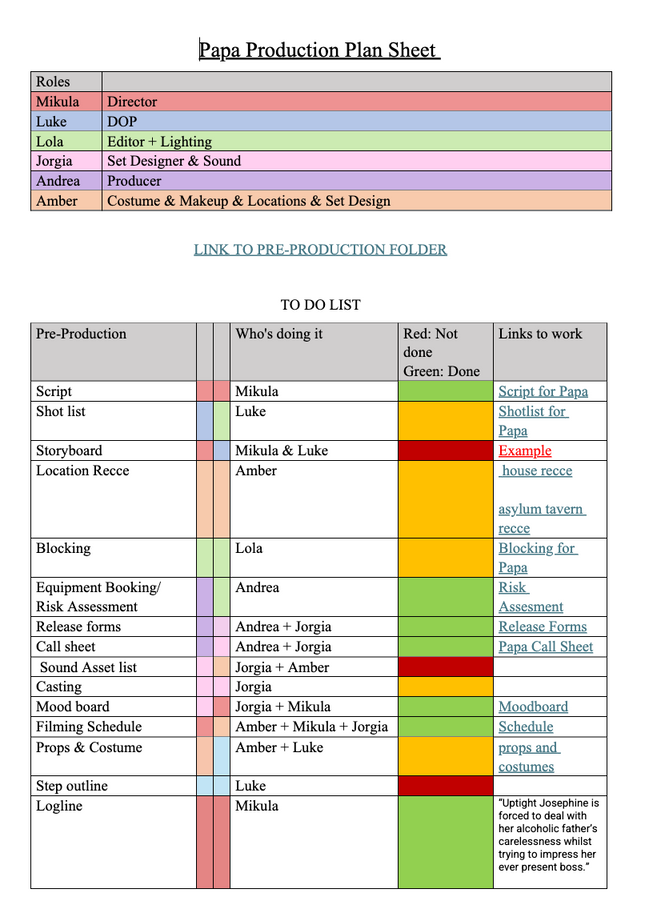
This made it possible to track progress in real time and quickly identify any jobs that remained unfinished. Our method was based on proactive scheduling, where we planned the filming dates and the availability of every crew member well in advance. By the time reading week rolled around, we'd not only landed an amazing lead actress, but my previous music video production background came in rather handy. I used this knowledge to produce a risk assessment that was clearly comprehensive and was approved right away. Compared to earlier attempts, the production process worked very well due to this careful pre-production preparation. Above all, our group was very well-prepared, well-organized, and, most importantly, full of faith in our common goal.
Production stage
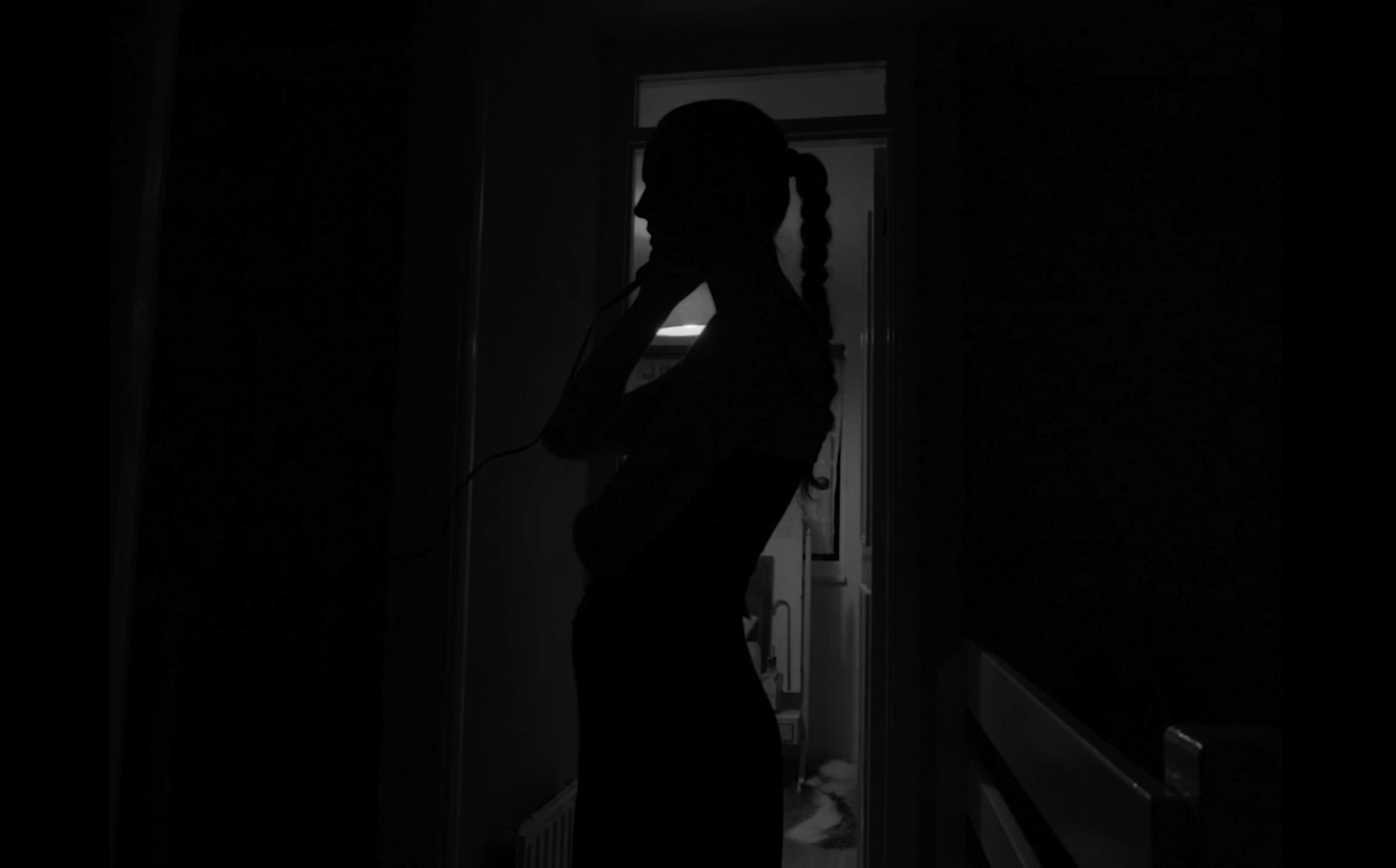
This project felt much lighter compared to the previous music video. With an extra team member on board and the experience achieved from the first term under our belts, we blitzed through the initial stages. We were a well-oiled machine, efficiently tackling each task. However, just as we settled into a comfortable rhythm, unforeseen obstacles emerged to test our newfound confidence.
The biggest technical hurdle arose during setup at Amber's house in Peckham. As we eagerly unpacked the equipment and prepped for filming, a sense of dread crept in as the FS-7 camera refused to cooperate. The battery wouldn't lock in place, rendering it unusable.
To make matters worse, faulty wires, and the camera inexplicably shutting down every 30 seconds, even when perfectly still, made our set-up stage a nightmare. In hindsight, this situation could have been entirely avoided.
The blame solely lies with me for neglecting to perform a thorough equipment check when picking it up from the university. A simple test run could have identified these issues before we arrived on location, saving us valuable time and alleviating a significant amount of stress.
The post-production phase offered a stress-free process, as we had a lot of time planned due to previous editorial hiccups. The editing style was a collaborative effort between the director and editor, both of whom poured their creative vision into the project. However, the immense contribution of the DoP stood out as well, their stunning shots and masterful framing served as the foundation for the entire film. The final edit perfectly captured the essence of what we had envisioned during the production phase. Precise and deliberate cuts transformed and gave life to the script from words on paper into a captivating short film. Each edit felt like a well-placed brushstroke, meticulously applied to bring the narrative to life on screen. As Walter Murch so eloquently stated, "Every cut is an act of violence... a surgical procedure performed on reality" (Murch, 2001). The editing process was akin to that, a careful and deliberate removal of unnecessary elements to unveil the raw essence of the story.
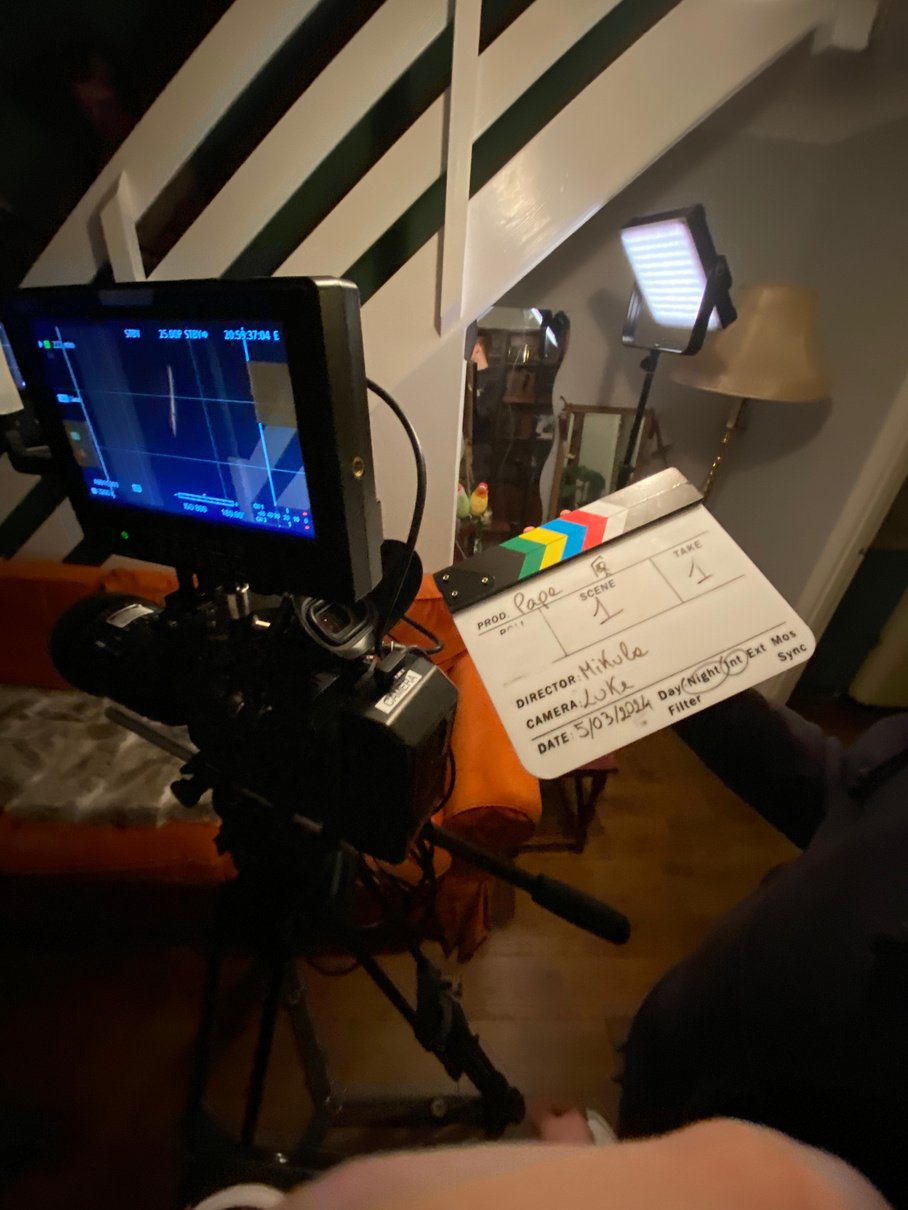
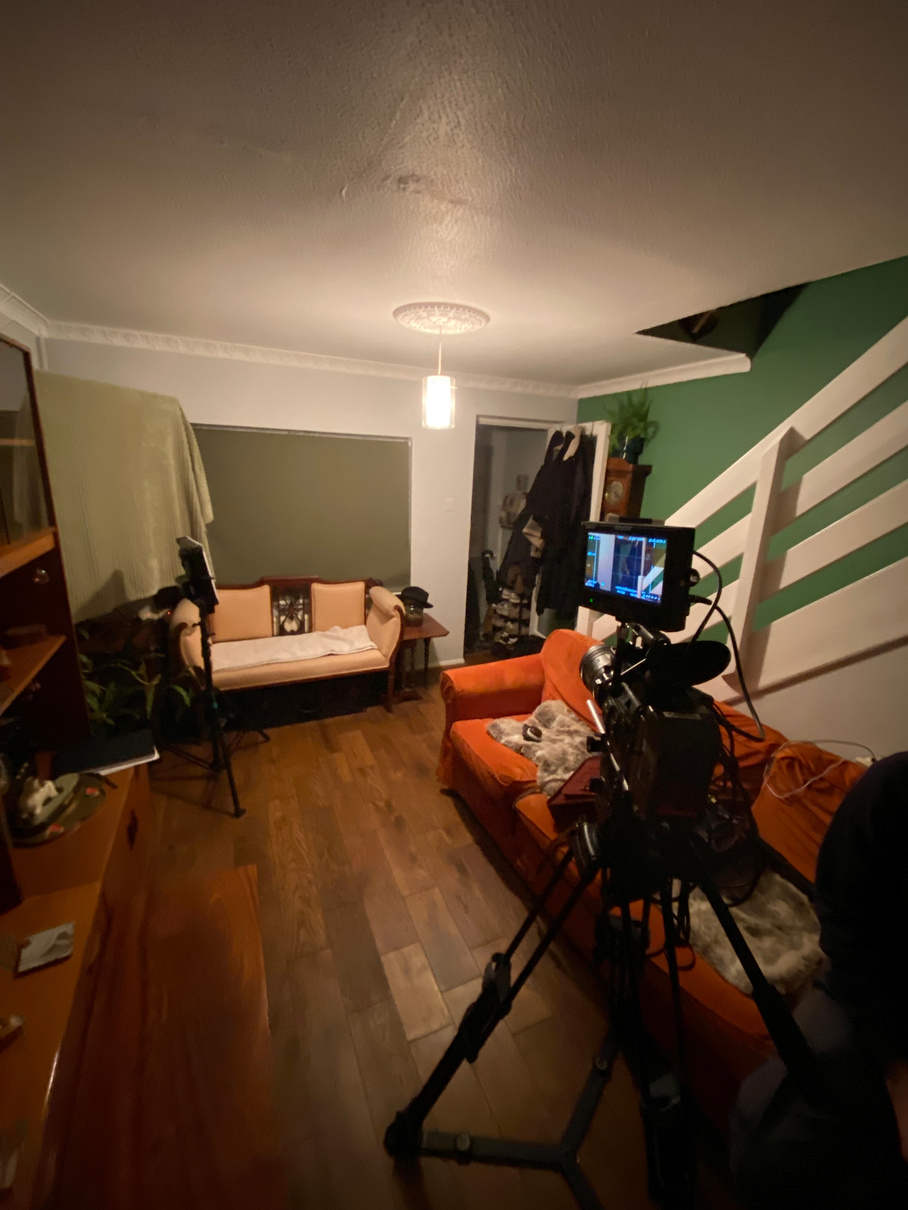
One such hurdle materialized in the form of the central London bar that had previously granted us permission to shoot. Unfortunately, the bar that had granted us permission to shoot in central London backed out during shooting week. With limited time and equipment already booked, we tried finding another place with no avail. The burden fell on me to re-secure a location and handle the SISO risk assessment again. This caused a domino effect, impacting the availability of both actors and crew members who had already made commitments based on the original schedule. The scramble to adjust everyone's schedules was a logistical nightmare, adding an unwelcome layer of stress to an already complex production.
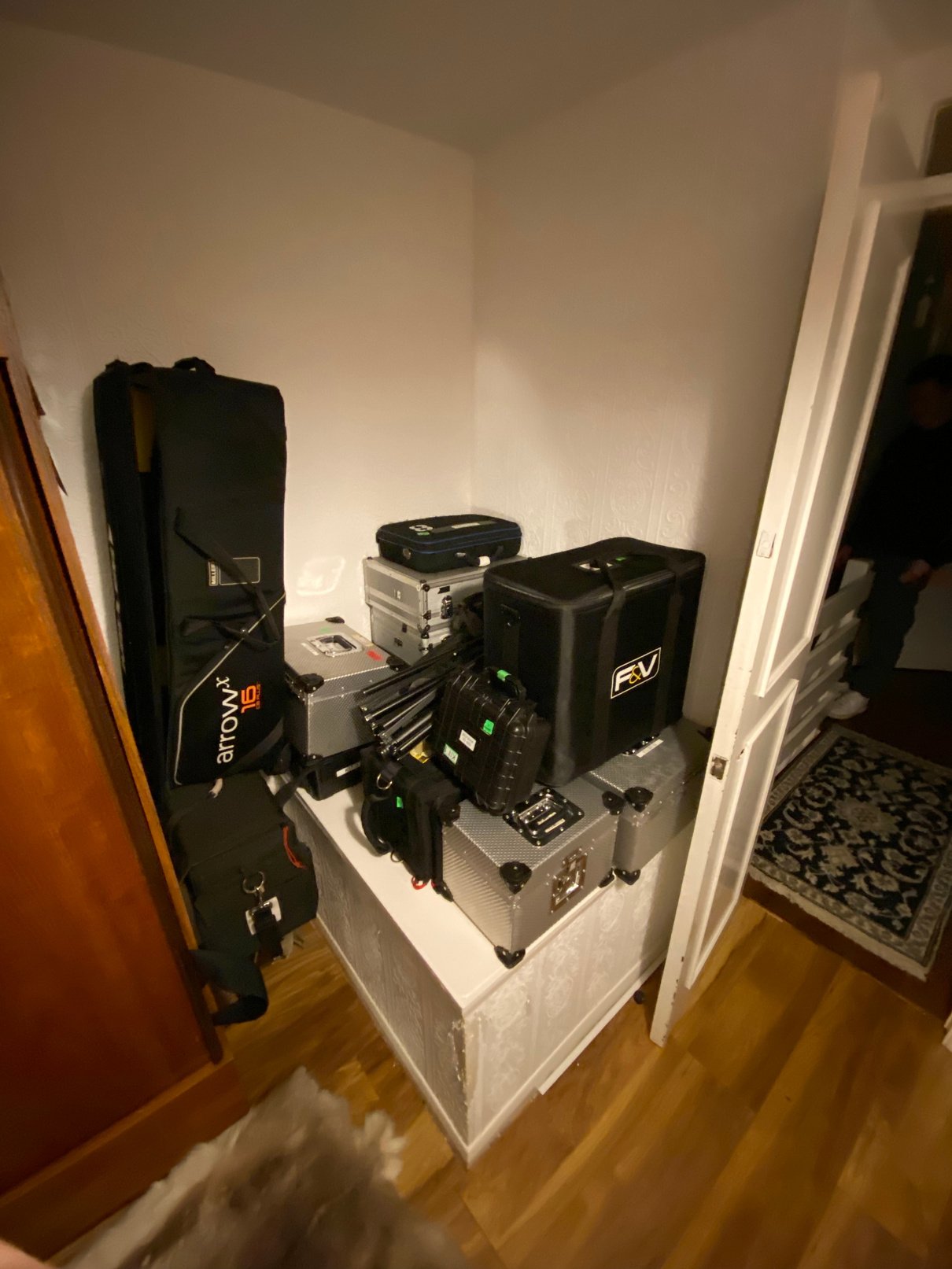
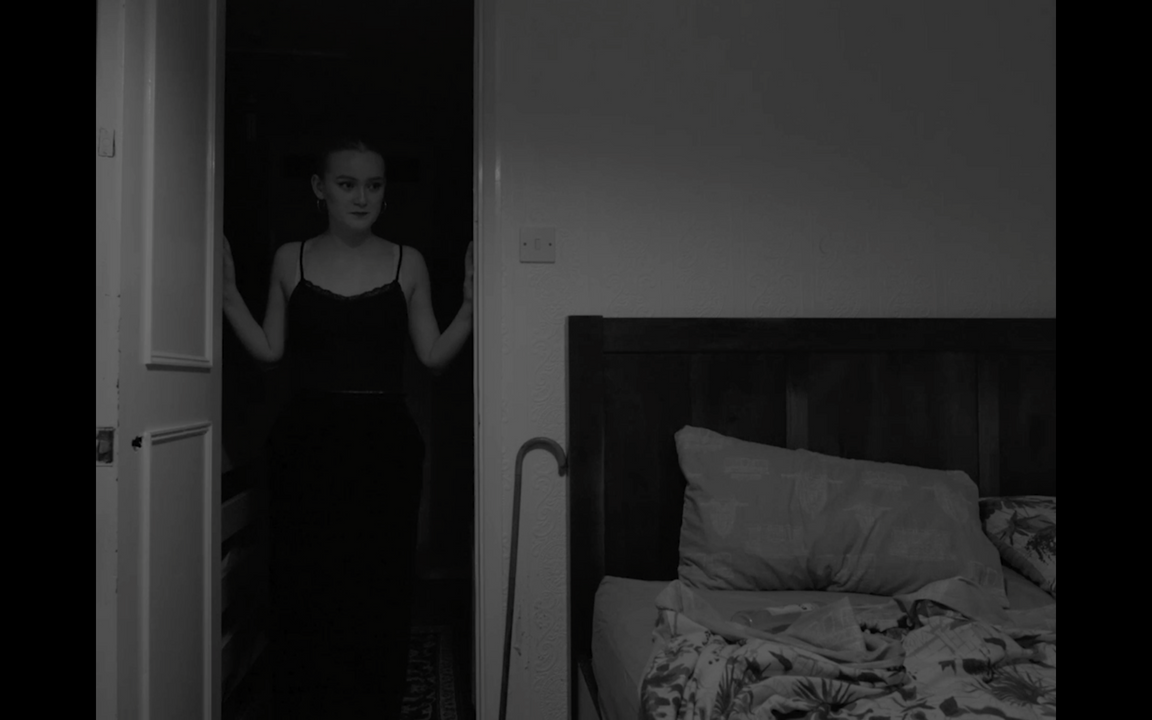
Fortunately, amidst the technical meltdown, a beacon of hope emerged. Amber happened to have a Canon camera available. While this wasn't the ideal setup we had envisioned, it presented a workable solution. We adapted our shooting strategy to accommodate the different camera and persevered, determined not to let this setback derail our progress. While we did have to make some concessions on image quality, we managed to salvage the shoot. By the end of that long day, we had wrapped production, a sense of relief washing over the crew.
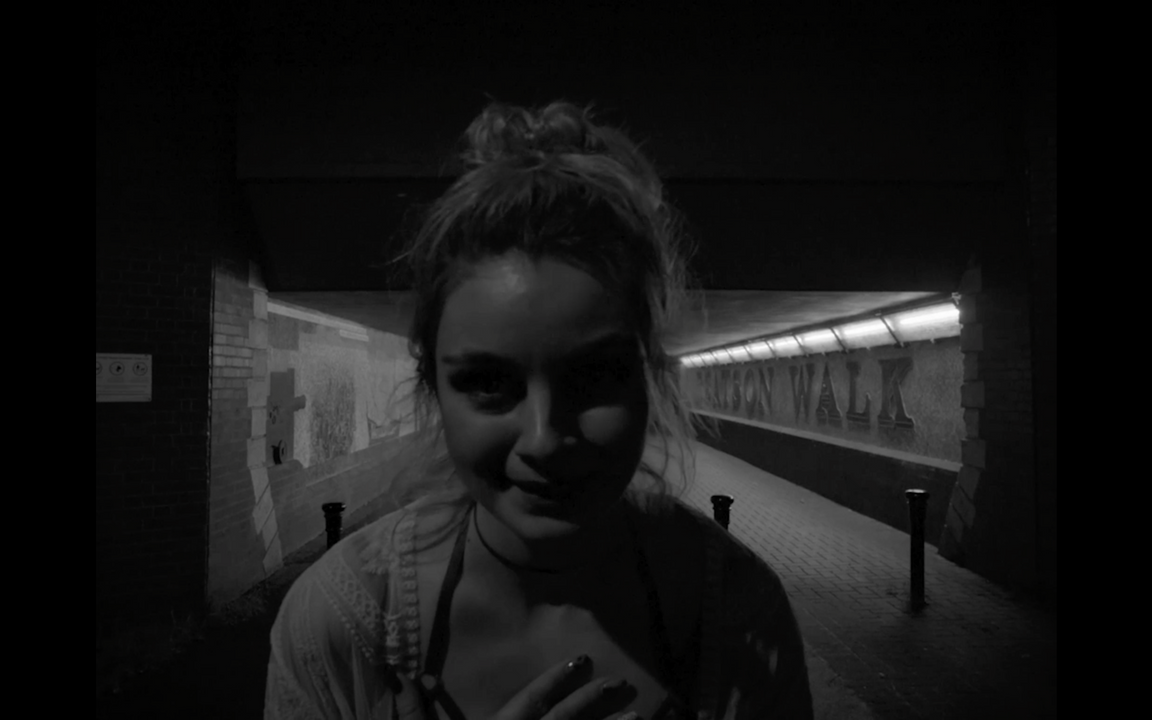
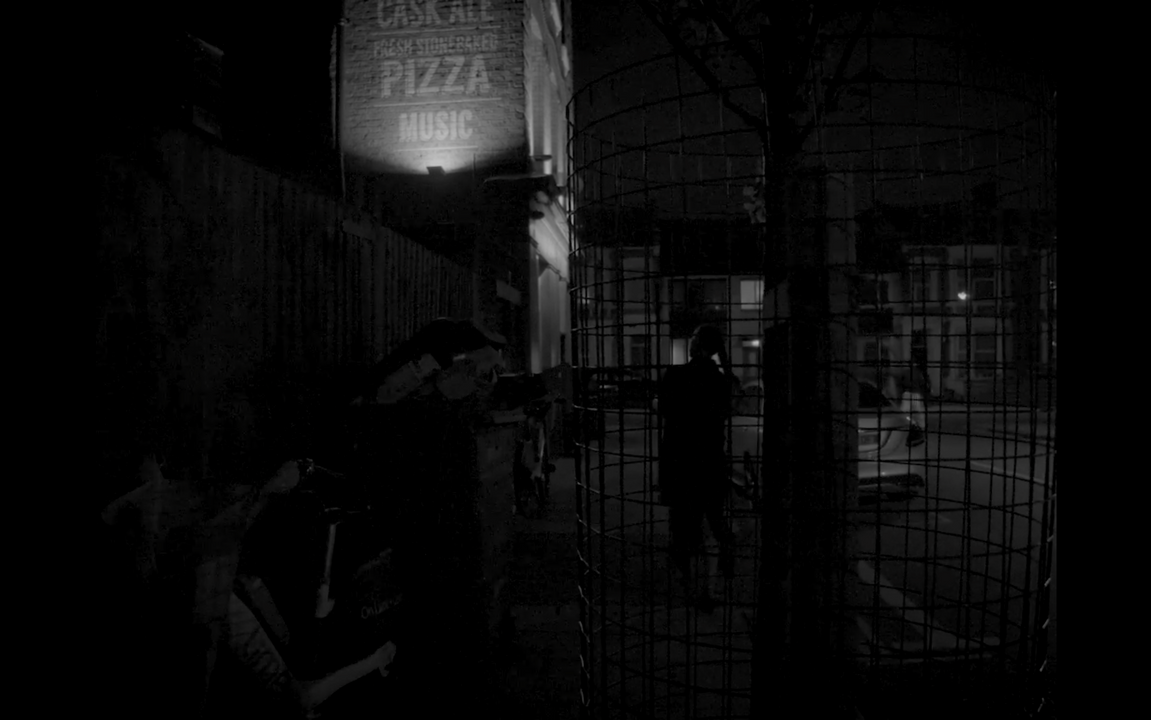
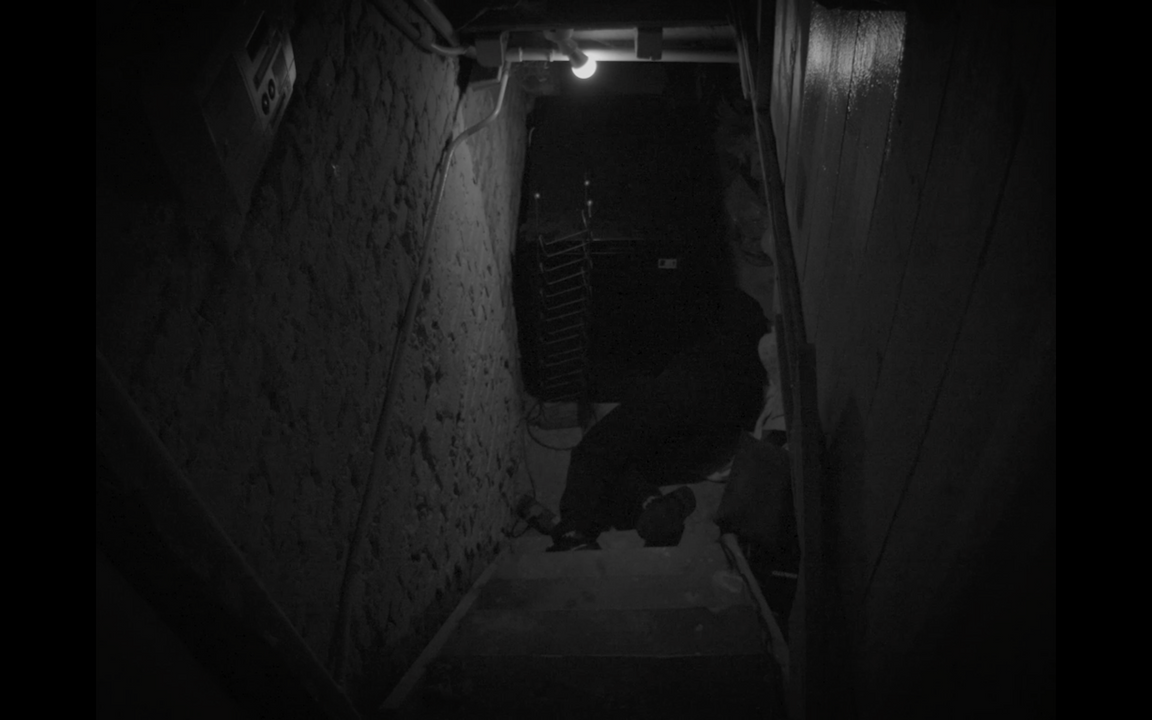
Conclusion
In conclusion, there were many successes as well as difficulties along the way from our first music video production to our second short film project, yet when I think back on these events, I can see how much we all grew as a team and as people in the filmmaking industry.
The basis for comprehending the complexities of cooperation and pre-production preparation was established by our first project. Despite obstacles like unforeseen location changes and schedule issues, we learned important skills in problem-solving, communication, and flexibility. As we manoeuvred through unanticipated challenges, the value of diligent planning—best demonstrated by the thorough risk assessment and detailed scheduling—became evident.
With the knowledge we had gained from our first project, we moved on to our second one and went into the production process feeling more prepared and driven than ever. The difficulties we encountered during filming, such as last-minute venue changes and technological difficulties, put our fortitude and inventiveness to the test. Nevertheless, we surmounted these challenges and moved forward thanks to our cooperation and fast thinking.
As we wrap up this chapter of our filmmaking journey, it's clear that the road to success is paved with both triumphs and setbacks. However, it's through perseverance, teamwork, and a commitment to excellence that we've been able to overcome challenges and produce work that we can be proud of.
Looking ahead, we carry with us the lessons learned and experiences gained, ready to tackle whatever challenges may come our way. With each project, we continue to grow, evolve, and push the boundaries of our creativity. As filmmakers, we understand that the journey is just as important as the destination, and we eagerly anticipate the adventures that lie ahead.
Andrea Carlo Iaccarino
Portfolio production
Year 2
Email:
ai7271a@gre.ac.uk
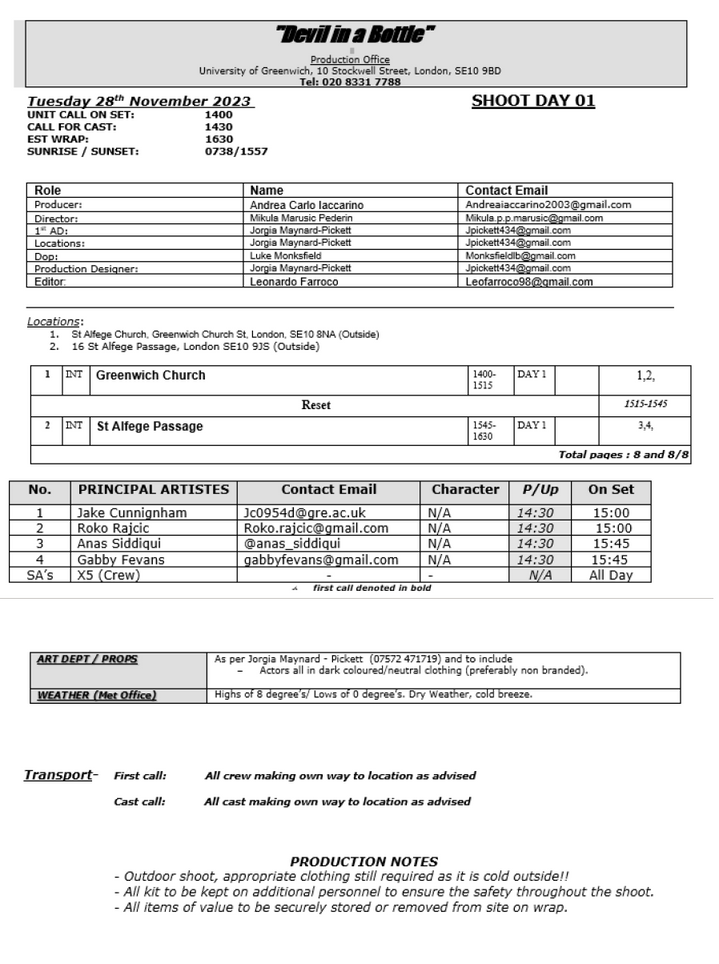
Bibliography
Bordwell, D. and Thompson, K. (2010). Film art : an introduction. New York: Mcgraw-Hill.
December 20, A.S. on and 2020 (2020). The Complete Guide to Actor Release Forms (FREE Template). [online]
StudioBinder. Available at: https://www.studiobinder.com/blog/complete-guide-actor-release-form-template/.
Giannetti, L.D. and Leach, J. (2005). Understanding Movies. Pearson Prentice Hall.
Murch, W. (2001). In the Blink of an Eye. Weidenfeld & Nicolson.
Stadler, J. and Mcwilliam, K. (2009). Screen media : analysing film and television. Crows Nest, N.S.W.: Allen & Unwin.
Thompson, K. and Bordwell, D. (2010). Film History: An Introduction. McGraw-Hill Companies.
